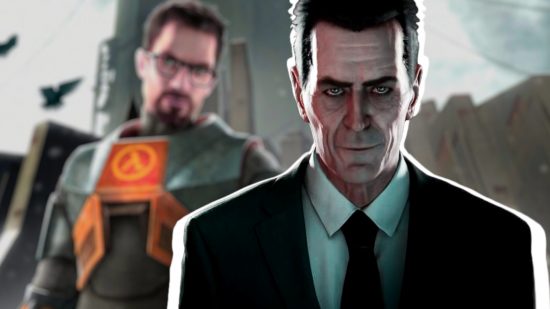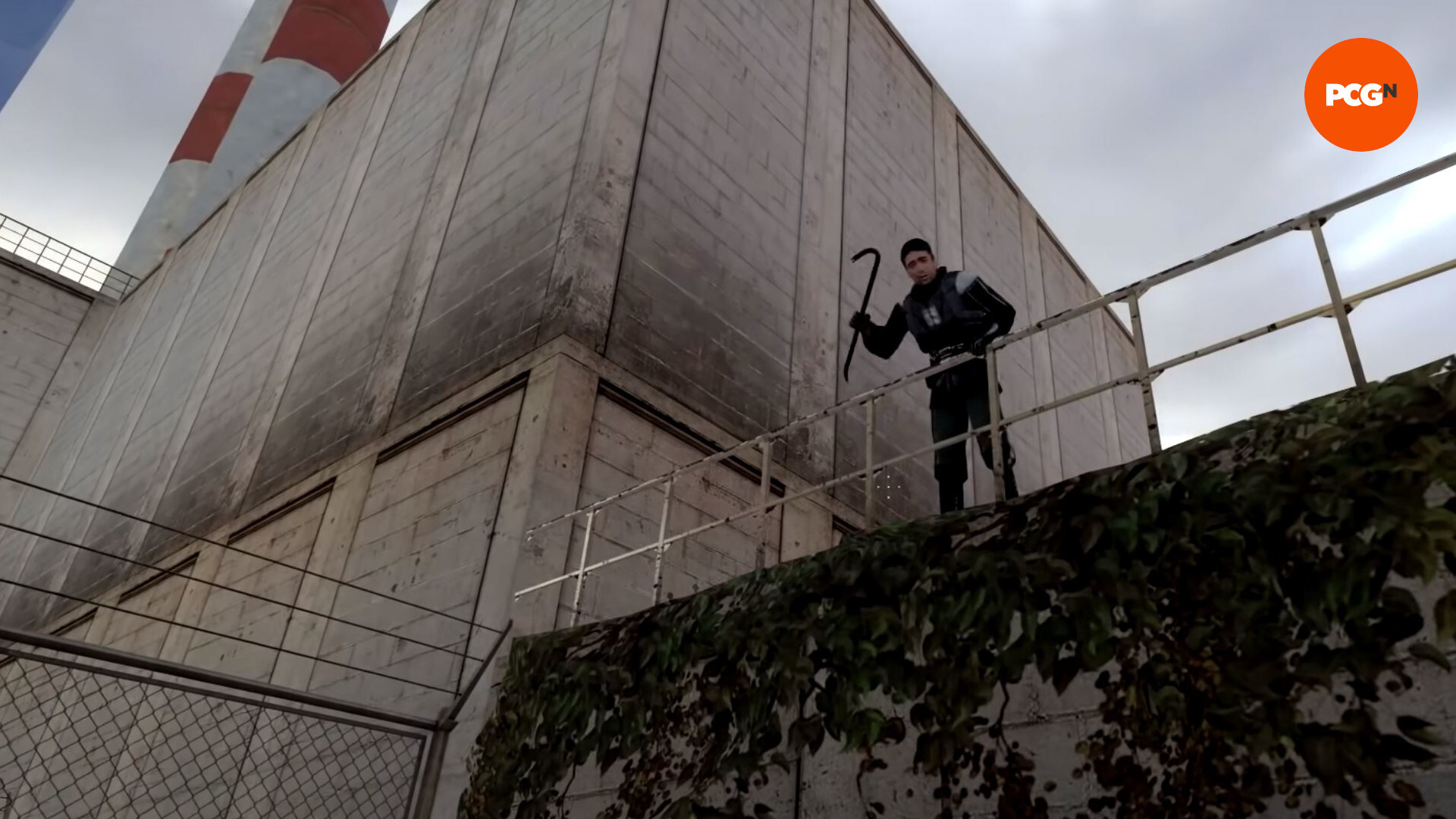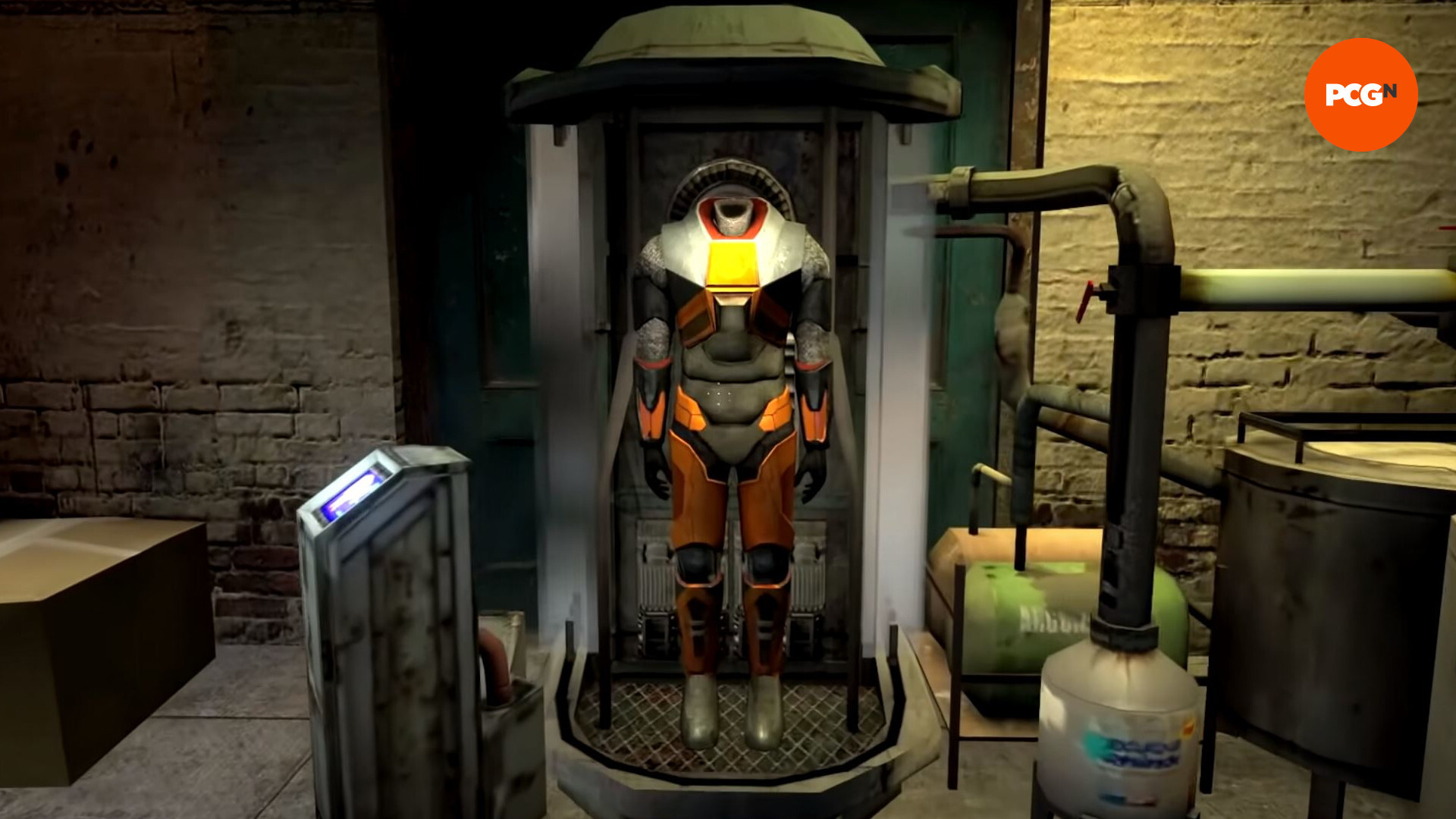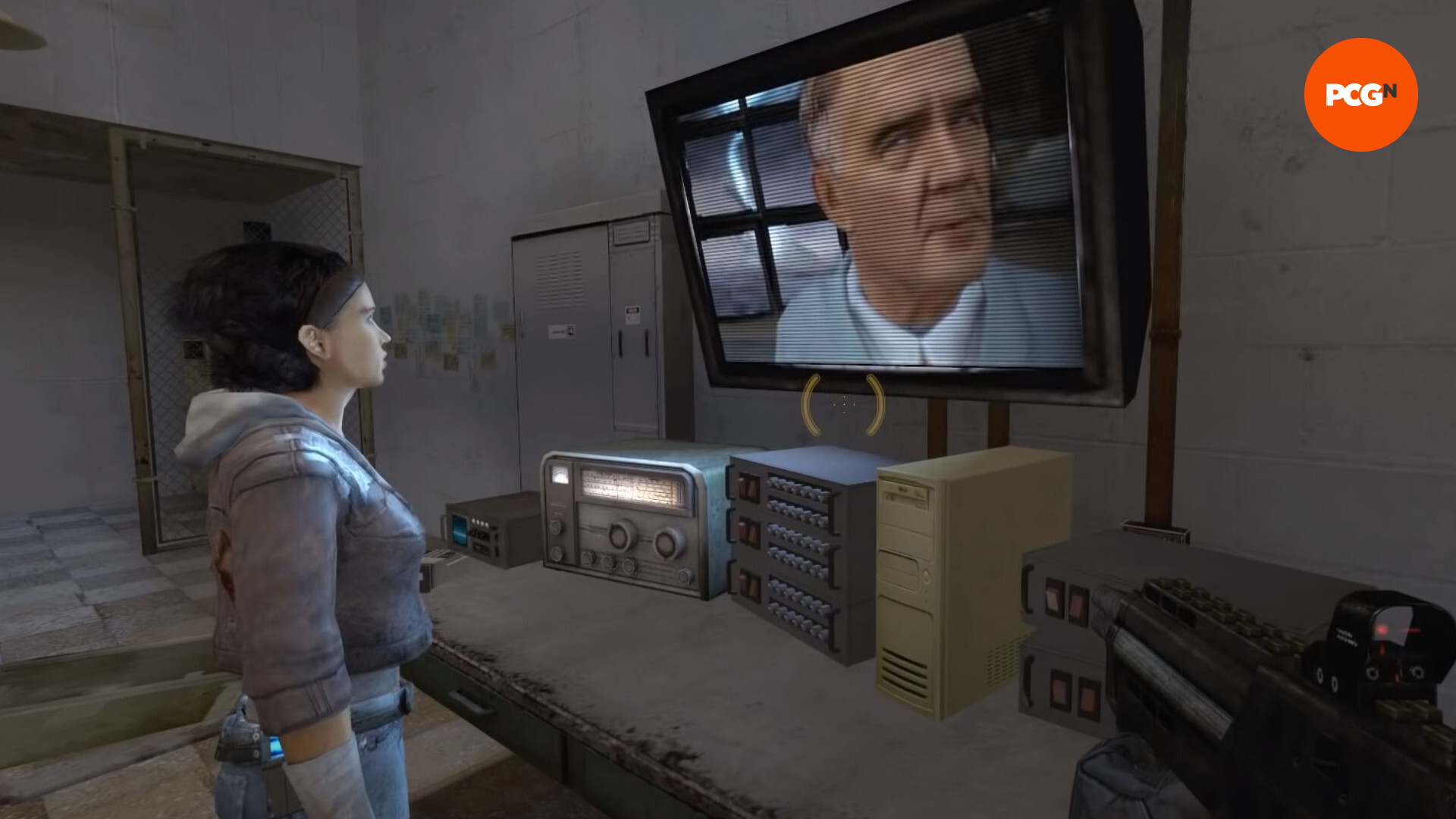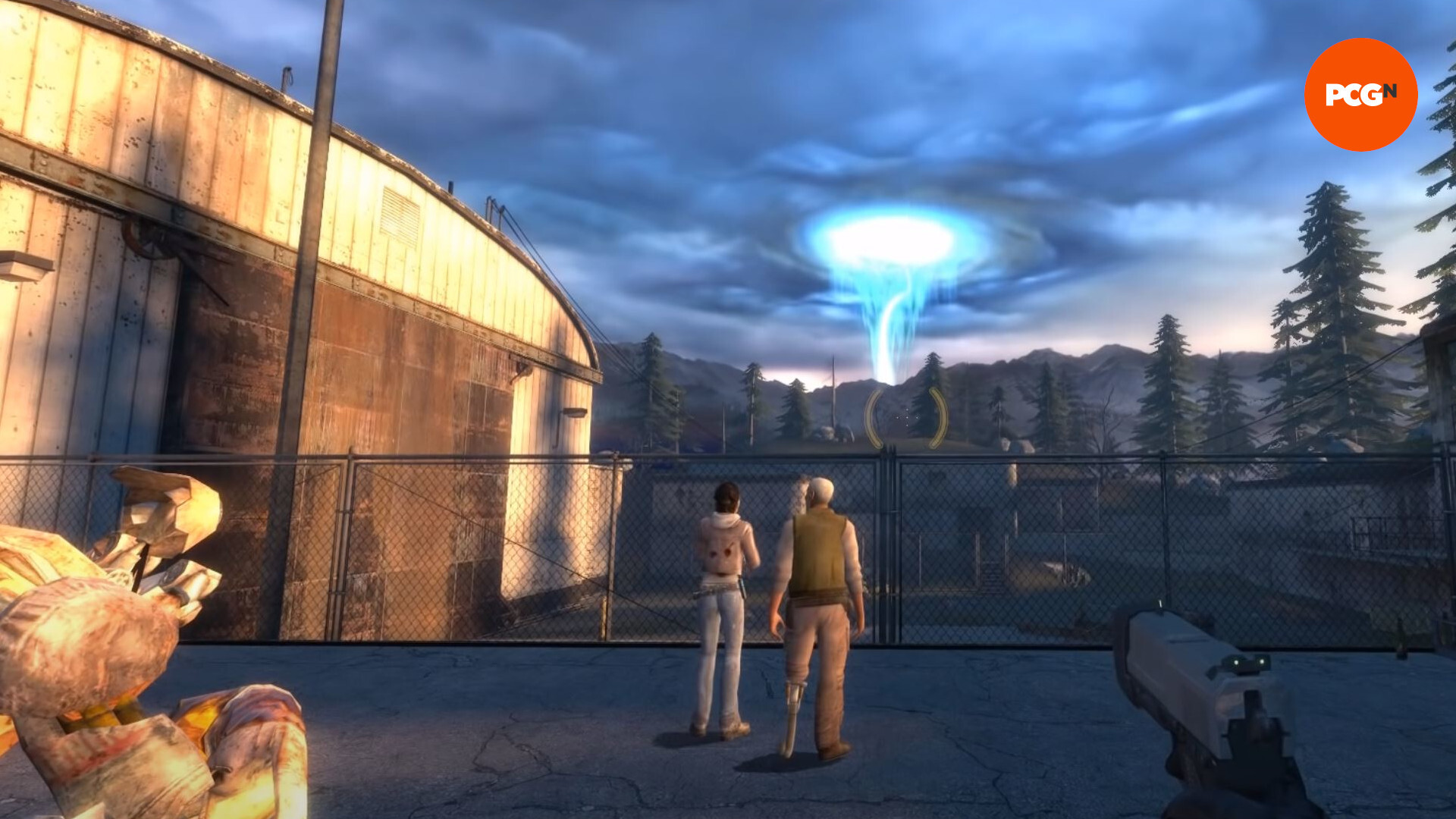In 2024, it’s too easy to shrug off the unrelenting brilliance of Valve’s Half-Life series. The fact that these games are genre-defining is such a deeply ingrained truism that it risks sounding like a banal cliche. Still, it’s demonstrably correct, and it’s this brilliance alone that explains why anyone’s still talking about Half-Life 3.
Gradually, as years went by, the very mention of Half-Life 3 became a meme; a punchline. Two decades after the release of Half-Life 2, and four years after the release of Half-Life Alyx, the prospect of Half-Life 3 is more elusive and immaterial than ever, and the joke isn’t funny anymore. But Valve’s frustrating, hesitant approach to the Half-Life series isn’t without logic when you recognize how the company itself views the franchise. Crucially, for Valve, Half-Life is more than just a game: it’s a tool for pioneering progress in the gaming industry; a vehicle for necessary innovation.
Half-Life, its sequel, and Alyx each revolutionized (or aimed to revolutionize) PC gaming. In 1998, Half-Life was immediately hailed as the best PC game the world had ever seen with its staggering blend of fast-paced shooter action, figure-it-out-yourself puzzles, and intuitive storytelling. It redefined the parameters of gaming. In 2004, Valve did the same again. Half-Life 2 was an upgrade in every conceivable way with stunningly impressive visuals, a new physics system, enhanced enemy AI, and a broader overall scope.
In 2020, Alyx’s MO was VR. With Valve looking to be at the forefront of this emerging frontier of gaming, its flagship series was ripped out of stasis and given a mission: make VR, and the Index, a must-have. Half Life: Alyx is the best VR game to date and, more importantly, the best game it could have been. For a very, very brief moment, it looked like the snowflake that started the avalanche of VR. But the rest of the industry wasn’t ready, and neither were the majority of PC gamers. In 2024, both still aren’t.
If VR had lived up to its promise of being ‘the next big thing,’ with the help of Alyx, the path to Half-Life 3 would have been simple. It would have been to Alyx what Half-Life 2 was to Half-Life: bigger, better, and more refined.
With VR stalling and showing no serious signs of breaking into the mainstream, however, Half-Life 3 can’t be another VR-only game either. If the company is to finally deliver a full sequel, it needs to be confident that it can usher in a whole new era of gaming. It needs to be the strident champion of technological progress, and right now that’s not VR. That leaves Valve with nowhere to go, and so Half-Life 3 is in a more obscured position than ever before.
None of this discounts the possibility of further side adventures. If well sourced rumors hold any truth, some new VR spin-off (Half-Life: X, or Half-Life: Citadel perhaps) will debut within a few years. Right now, any Half-Life is good Half-Life, and thanks to Valve’s wonderfully realized lore and worldbuilding, there’s plenty of fertile ground for new stories. Yes, I will take an Adrian Shephard Seven Hour War spin-off, thank you very much.
As for Half-Life 3 itself, the closest we’ve ever gotten – and are likely to get until something in the gaming tech industry substantially changes – is Marc Laidlaw’s outline of his intentions for the prospective sequel. Laidlaw was the lead writer on the Half-Life series until his departure from Valve, whereupon he shared how Gordon Freeman’s story would have culminated under his stewardship: an extra-dimensional adventure in the Arctic aboard Aperture Science’s Borealis. Some parts are vague, and some are definitive, but it’s at least something tangible, with official concept art to boot.
Since then, the writer has said he regrets publishing his planned ending for the story. Right now though, it’s the best we have. Until Valve finds a new sure-fire way to move the entire industry forward again, it perhaps always will be.
